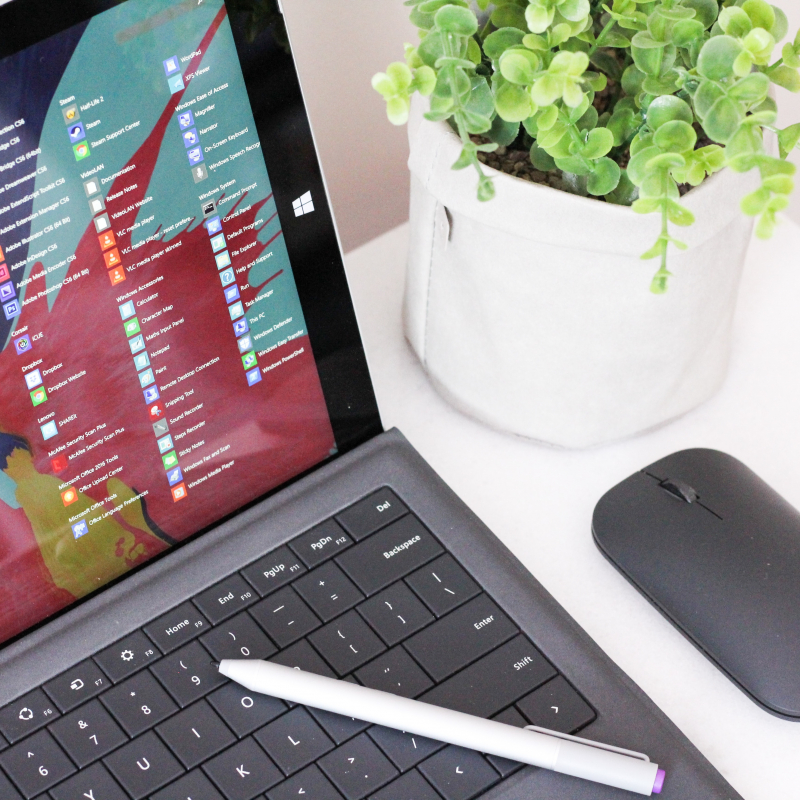Partitioning and Capacity
As technology has evolved, modern computer systems now primarily utilize the Unified Extensible Firmware Interface (UEFI) and Basic Input/Output System (BIOS) for booting up and managing the hardware.
UEFI introduces the concept of the UEFI System Partition (ESP), a small dedicated partition that stores critical boot-related files, such as bootloaders and drivers. The ESP enables efficient organization and separation of operating systems on a single storage device, allowing users to install multiple operating systems without interference.
Both BIOS and UEFI can coexist in modern systems, but UEFI offers more advanced features. UEFI's Secure Boot feature verifies the integrity of the system boot process, ensuring that only trusted software is loaded during startup, thereby enhancing system security.
BIOS firmware can be updated to improve performance, add new features, or address security vulnerabilities. Manufacturers often provide firmware updates, and the process typically involves downloading the latest BIOS version and applying the update through a dedicated utility.
Understanding the partitioning and capacity considerations of UEFI and BIOS is crucial for the smooth operation of modern operating systems. The UEFI System Partition enables the installation and management of multiple operating systems on a single storage device, while BIOS firmware updates help enhance system performance and security. By leveraging the benefits of both UEFI and BIOS, users can ensure a stable and efficient computing experience.












